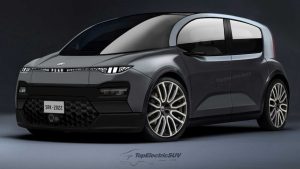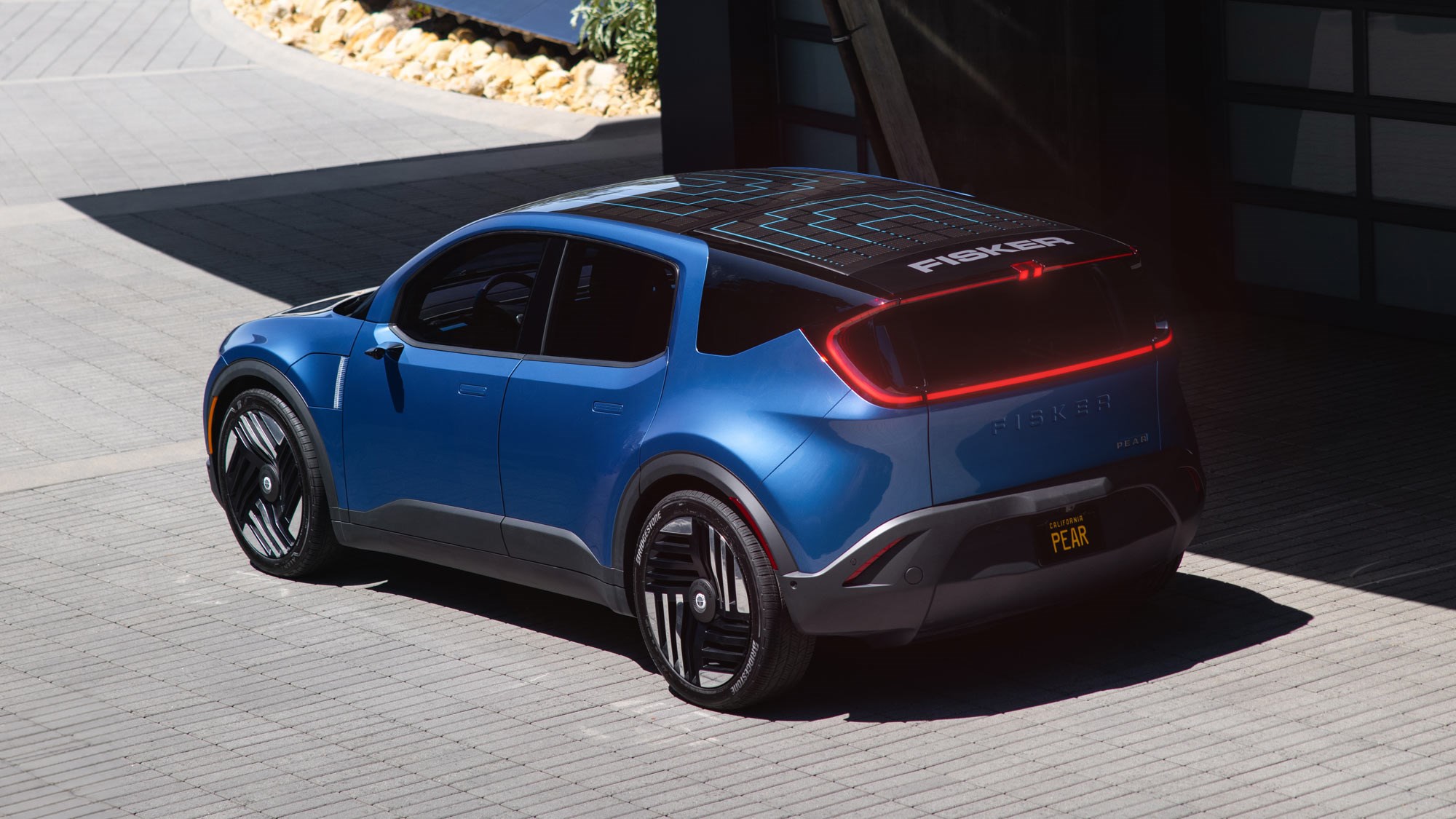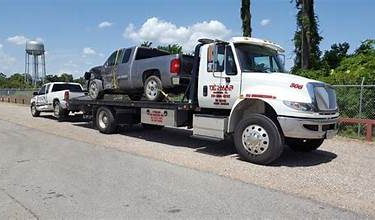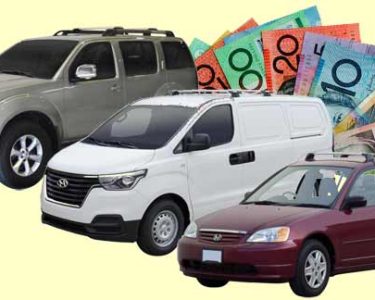Introduction
The rise of electric vehicles (EVs) marks a pivotal shift in the automotive industry, yet the influence of traditional dealership models on their promotion and adoption remains a subject of debate. Fisker, a prominent player in the EV market, faces unique challenges within this landscape, showcasing the interplay between traditional dealerships and the push for sustainable transport alternatives.
The Traditional Dealership Model
The traditional dealership model, designed around gasoline-powered vehicles, poses both opportunities and challenges for EV adoption. One key hurdle lies in the lack of alignment between dealership incentives and the promotion of EVs. Typically, dealerships thrive on servicing and aftermarket sales, aspects that are notably different for EVs which require less maintenance and have fewer components prone to wear and tear. This misalignment often results in reduced enthusiasm among traditional dealerships to actively promote EVs. Fisker’s innovative EV lineup, boasting sleek designs and sustainable technology, faces resistance within traditional dealership structures that prioritize short-term profit margins. The absence of aggressive sales incentives for EVs can dampen their visibility and accessibility, directly impacting Fisker’s market penetration.
Challenges and Transformations
Fisker’s strategy of direct-to-consumer sales disrupts the conventional dealership approach. By bypassing intermediaries, Fisker aims to control the narrative around its EVs, educating consumers about their benefits while maintaining pricing integrity. This approach, while promising, faces regulatory challenges in several states where direct sales are prohibited, posing a significant hurdle for Fisker’s market reach. Additionally, the dealership experience plays a pivotal role in consumer decision-making. Traditional dealerships have long served as hubs for test drives, information dissemination, and customer support. Fisker’s challenge lies in replicating this experience through innovative channels that effectively communicate the unique advantages of their EVs.

Opportunities for Collaboration
The future of EV adoption necessitates collaboration between automakers like Fisker and traditional dealerships. Strategic partnerships that incentivize dealerships to prioritize EV sales through training programs, revised commission structures, and infrastructure investment can bridge the gap between traditional and electric vehicle sales. Fisker’s success in promoting EV adoption can be amplified by forging alliances that leverage the strengths of traditional dealerships while accommodating the unique demands of EV marketing. Tailored training programs for dealership staff, dedicated EV sections within showrooms, and collaborative marketing efforts can collectively bolster Fisker’s presence in the EV market.

Conclusion
The impact of traditional dealership models on EV adoption, particularly in the case of Fisker’s electric vehicles, showcases the complexities inherent in transforming the automotive industry. Overcoming the challenges posed by entrenched dealership structures requires a multifaceted approach that merges innovation with collaboration. Fisker’s quest for sustainable transportation solutions necessitates navigating the dealership landscape adeptly. By embracing a hybrid model that combines direct-to-consumer sales with strategic collaborations with traditional dealerships, Fisker can pave the way for increased EV adoption, benefiting both the company and the broader sustainable mobility ecosystem.




